-
Posts
2.320 -
Joined
-
Last visited
-
Days Won
71
Posts posted by Genava55
-
-
8 hours ago, chrstgtr said:
You're missing my point. It's a game, not a simulation. And, your statement that you want American civs cannot exist if you believe the above.
I don't see how they are contradicting. If I am exposing the issues, this is not a testimony against their inclusion. This is a talk, to discuss efficiently everyone should be able to expose its view. I am simply highlighting that it could be a challenge.
And even if it is a game, it takes its inspiration from history and try to depict the civs fairly.
American civs are really a rupture in this regard because they are prehistorical. We don't have any accounts about them. Furthermore their gameplay would be radically different.
Currently they have generic heroes. They don't rely on metal. They don't have cavalry. They don't have siege engines. Their navy is not remarquable. Animal husbandry raised for food is limited to turkeys and dogs. It will be difficult to balance them.
Edit: Even for a single player campaign, they have limitations. So my point on their prehistorical situation, is that it has impact on their inclusion. This is not something we can dismiss or ignore easily. It has consequences.
-
49 minutes ago, chrstgtr said:
These two statements can't coexist. Until you start adding American civ then no new American civ will ever have any real historical connections during 0ad's timeframe.
Maybe you are not getting my point. They won't have any interactions with the current civs. Ever. They were historically and geographically disconnected. You cannot add a missing link. Furthermore, we don't know their history. There is only a few inscriptions known from this period and we don't have any info about the events they lived.
We can't name a battle they fought or a king they had at this time. It is only much later we know their history better.
I am simply saying I don't think they are the priority. That's my opinion and I don't have any weight on the decision.
1 hour ago, chrstgtr said:Besides, it's a game. It's not a historical simulation. Sparta and Athens both existed at the same time and did interact with each other. We don't need the game to perfectly replay every one of their interactions. If the outcome was already determined then it wouldn't be a game.
Sure. Anyway from a pragmatic pov, the Maya and Zapotecs have some very strong arguments: they have 3D models. Something 0 A.D. is desperately looking for.
-
 1
1
-
-
2 minutes ago, chrstgtr said:
This is specious.
Until American civs are added this will always be the case. If other non-American civs continue to get added then American civs will only become less related
Han were far away and unrelated before yet they were added. Earlier in the thread you said Xiongnu now have to be added because Han are now in the game.
You’re falling into a self-fulfilling prophecy. The game should go where there is demand
Actually I am in favor of having American civs. Those civilizations are so cool.
I simply mean they are not interacting with any current civs. In fact, even if we had Maya people, Zapotecs and Chavin people, it would be three civs that didn't really have interaction during our period.
While the Xiongnu and the Scythians are an easy solution to connect the Han with the others.
-
 2
2
-
-
-
15 minutes ago, real_tabasco_sauce said:
Lusitanis
Lusitanians are Indo-European. (It doesn't mean I am against or they are a bad candidate, I was just replying to someone initially, i was not making an exhaustive list)
15 minutes ago, real_tabasco_sauce said:American civ(s)
Possible but I would say they are lower on the list because they are farther and less related to the others. But I hope one day it will be the case.
15 minutes ago, real_tabasco_sauce said:It would be nice to have a civ to go with the Iberians, kind of how the Britons and Gauls are a pair.
Currently the Iberians are a mixture of three people: Lusitanians, Iberians and Celtiberians.
Obviously at some point, the issue will be solved.
-
49 minutes ago, Sapphro said:
It would be great to see more diverse cultures, as now the game is primarly based on Indo-European civilizations with the addition of Han. I may suggest Malayan kingdom Gangga Negara, for instance, the territory of Malaysia was known to Romans anyway. Which is more interesting, but harder to implement are Finno-Ugric cultures of the Iron Age due to little information on them. Though, their obvious features are the focusing on shamanism and fishing, and civ bonuses based on it.
https://www.encyclopedia.com/humanities/encyclopedias-almanacs-transcripts-and-maps/iron-age-finland
https://en.wikipedia.org/wiki/Gangga_Negara
https://indo-european.eu/2021/05/proto-uralic-homeland-ix-west-caucasian/
https://en.wikipedia.org/wiki/History_of_Finland0 A.D., except for the mods, is based on the period between 500 BC and 1 AD. So the civ should have existed at least during this period. There are non-Indo-European civs, the Carthaginians, the Kushites and the Han. Technically, the Iberians too but they are poorly designed in this regard.
Gangga Negara is a legendary kingdom and its start around the 2nd century AD according to the Malay annals. So it cannot be included.
Furthermore, they would have been Hindu (as a religion). So even if their language is not IE, they would have been related to the IE.
The best non-IE candidates I think would be the Garamantians, the Numidians, the Kingdom of Saba, the Nabateans, the Xiongnu, the Yayoi people.
-
 1
1
-
-
-
14 hours ago, d34d svn said:
I was amused by Delenda Est mod for a reason: The Auxiliaries wasn't the mainstay of the Imperial Roman army and i don't understand the logic behind the team's decision.
I hope someone could explain to me why the team believe this is the best way to represent the Imperial Romans.
@wowgetoffyourcellphone is the leader of the mod.
I have nothing to do with this decision, but if I can bring some info to help discuss this topic:
"The overall size of the Roman forces in Roman Britain grew from about 40,000 in the mid 1st century AD to a maximum of about 55,000 in the mid 2nd century.[1] The proportion of auxiliaries in Britain grew from about 50% before 69 AD to over 70% in c. 150 AD. By the mid-2nd century, there were about 70 auxiliary regiments in Britain, for a total of over 40,000 men. These outnumbered the 16,500 legionaries in Britain (three Roman legions) by 2.5 to 1.[2] This was the greatest concentration of auxilia in any single province of the Roman Empire. It implies major continuing security problems; this is supported by the (thin) historical evidence. After Agricola, the following emperors conducted major military operations in Britain: Hadrian, Antoninus Pius, Constantius I, and Septimius Severus."
/
"By the 2nd century, the Auxilia contained the same number of infantry as the legions and, in addition, provided almost all of the Roman army's cavalry (especially light cavalry and archers) and more specialised troops. The auxilia thus represented three-fifths of Rome's regular land forces at that time. Like their legionary counterparts, auxiliary recruits were mostly volunteers, not conscripts."
/
"Recruitment was thus heavy throughout the Augustan period, with a steady increase in the number of units formed. By AD 23, the Roman historian Tacitus records that there were roughly the same numbers of auxiliaries in service as there were legionaries.[24] Since at this time there were 25 legions of c. 5,000 men each, the Auxilia thus amounted to c. 125,000 men, implying c. 250 auxiliary regiments.[25]"
This is simply from different articles on wikipedia.
-
 2
2
-
-
13 hours ago, wowgetoffyourcellphone said:
I think every civ would get an arrow ship and either a boarding or ramming ship. Artillery ships are harder to justify for every civ. What do you think?
My other idea is to strip everything down to 1 warship per civ and the differences between civs would be that you can have (or not have) upgrades to stronger ships based on civ. So, every civ gets at least a 'Light' warship, with some civs getting techs for 'Medium' and then 'Heavy' upgrades for their warship (SINGULAR). Further differences would come with special naval techs.
I think that if every civs get at least the arrow ship and the boarding ship it could work. From this they could defend themselves. Ramming and artillery would be unique to naval civs.
-
 1
1
-
-
But all civs would get the boarding ships?
Same question for the arrow ships.
I am asking this because if any civs miss a counter unit, it will increase the gap between the civs on naval maps.
-
A city-builder on a giant creature game, 'The Wandering Village', made by a Swiss company.
-
I hope it doesn't end like Dawn of Man...
https://steamcommunity.com/app/858810/discussions/0/3113647550043480990/
-
https://www.youtube.com/watch?v=AkqxGsYN6Xg&list=PLKVA_doZwYjasBxyqgHJeMGWeUyJSWjxM
I am curious, do you like the campaigns in AoE 4?
In comparison with AoE 2, AoM, AoE 3,which one do you prefer?
-
-
(the pictures come from facebook, so expect the url to die at some point)









-
-
-
Naval battle between a Liburna and a Picenian fleet according to the Novilara tablets: 6th or 5th century BC. J.-C.

-
 1
1
-
-
-
C. Julius Caesar, Gallic War, book 3, 13-15:
For their ships were built and equipped after this manner. The keels were somewhat flatter than those of our ships, whereby they could more easily encounter the shallows and the ebbing of the tide: the prows were raised very high, and, in like manner the sterns were adapted to the force of the waves and storms [which they were formed to sustain]. The ships were built wholly of oak, and designed to endure any force and violence whatever; the benches which were made of planks a foot in breadth, were fastened by iron spikes of the thickness of a man's thumb; the anchors were secured fast by iron chains instead of cables, and for sails they used skins and thin dressed leather. These [were used] either through their want of canvas and their ignorance of its application, or for this reason, which is more probable, that they thought that such storms of the ocean, and such violent gales of wind could not be resisted by sails, nor ships of such great burden be conveniently enough managed by them. The encounter of our fleet with these ships' was of such a nature that our fleet excelled in speed alone, and the plying of the oars; other things, considering the nature of the place [and] the violence of the storms, were more suitable and better adapted on their side; for neither could our ships injure theirs with their beaks (so great was their strength), nor on account of their height was a weapon easily cast up to them; and for the same reason they were less readily locked in by rocks. To this was added, that whenever a storm began to rage and they ran before the wind, they both could weather the storm more easily and heave to securely in the shallows, and when left by the tide feared nothing from rocks and shelves: the risk of all which things was much to be dreaded by our ships.
Caesar, after taking many of their towns, perceiving that so much labor was spent in vain and that the flight of the enemy could not be prevented on the capture of their towns, and that injury could not be done them, he determined to wait for his fleet. As soon as it came up and was first seen by the enemy, about 220 of their ships, fully equipped and appointed with every kind of [naval] implement, sailed forth from the harbor, and drew up opposite to ours; nor did it appear clear to Brutus, who commanded the fleet, or to the tribunes of the soldiers and the centurions, to whom the several ships were assigned, what to do, or what system of tactics to adopt; for they knew that damage could not be done by their beaks; and that, although turrets were built [on their decks], yet the height of the stems of the barbarian ships exceeded these; so that weapons could not be cast up from [our] lower position with sufficient effect, and those cast by the Gauls fell the more forcibly upon us. One thing provided by our men was of great service, [viz.] sharp hooks inserted into and fastened upon poles, of a form not unlike the hooks used in attacking town walls. When the ropes which fastened the sail-yards to the masts were caught by them and pulled, and our vessel vigorously impelled with the oars, they [the ropes] were severed; and when they were cut away, the yards necessarily fell down; so that as all the hope of the Gallic vessels depended on their sails and rigging, upon these being cut away, the entire management of the ships was taken from them at the same time. The rest of the contest depended on courage; in which our men decidedly had the advantage; and the more so, because the whole action was carried on in the sight of Caesar and the entire army; so that no act, a little more valiant than ordinary, could pass unobserved, for all the hills and higher grounds, from which there was a near prospect of the sea were occupied by our army.
The sail yards [of the enemy], as we have said, being brought down, although two and [in some cases] three ships [of theirs] surrounded each one [of ours], the soldiers strove with the greatest energy to board the ships of the enemy; and, after the barbarians observed this taking place, as a great many of their ships were beaten, and as no relief for that evil could be discovered, they hastened to seek safety in flight. And, having now turned their vessels to that quarter in which the wind blew, so great a calm and lull suddenly arose, that they could not move out of their place, which circumstance, truly, was exceedingly opportune for finishing the business; for our men gave chase and took them one by one, so that very few out of all the number, [and those] by the intervention of night, arrived at the land, after the battle had lasted almost from the fourth hour till sun-set.
-
Which civs would have the boarding ships and which civs would have the ramming ships?
-
 1
1
-
-
Yeah. Obviously it would be a necessity to develop a concept including smaller ships as well.
Maybe every civ could have :
- large canoe like hjortspring boats for boarding (capture).
- large canoe but with javelin throwers instead.
- Merchant ship converted to platform for archers/slingers, with higher board. A bit like the ship used by the Veneti against Caesar.
The merchant ship would be resistant to the boarding ship. But weak against the javelin ship. Boarding ship would be efficient against javelin ship.
Med. Civs would have upgraded version of those ships, with biremes instead of canoe for exemple etc. But following the same logic.
Med. Civs could have also new kind of ships like the ramming ships and artillery ships.
Ramming ships could be a concept replacing the suicidal boats. Relying on a special attack that take time to load.
Since suicidal boats and greek fire ships aren't mentioned in the classical literature.
-
-
5 hours ago, Thorfinn the Shallow Minded said:
Cleopatra and Vercingetorix being present is more due to pop-culture status in history instead of them actually identifying with timeframe in which either of their respective factions were at their height; this is not to call either of them poor leaders. They were iconic rulers during their civilisation's downfall. This fault is not unique. Heroes like Agis III and Iphicrates are similarly difficult to reconcile with the theme of the game as they were leaders of their respective factions during times in which Athens and Sparta were little more than regional powers. It is for that reason that I have put forward replacements like Agesilaus II for Agis.
https://en.m.wikipedia.org/wiki/Fifth-century_Athens
The golden age of Athens is the 5th century BC. So we should restrict the civ to this period and remove everything that appeared later, like the artillery.
-
 2
2
-


.thumb.jpg.b21ca1d0c15fb56b42c39b25a0a40815.jpg)
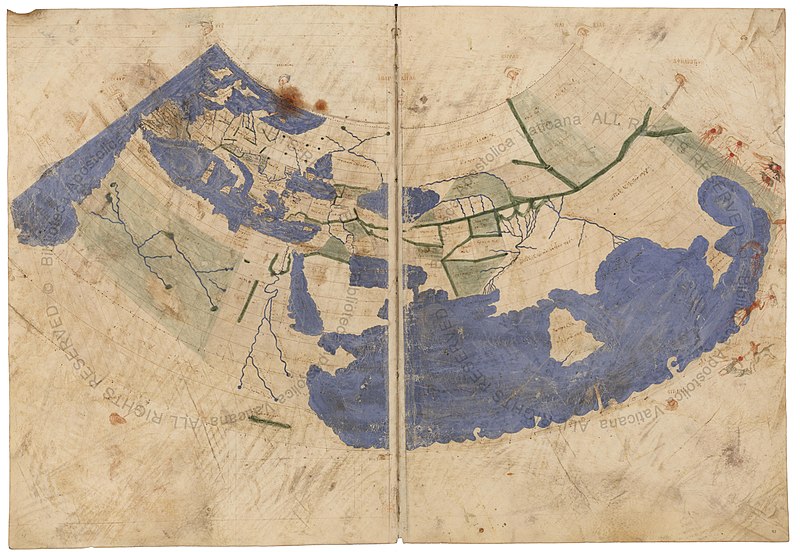





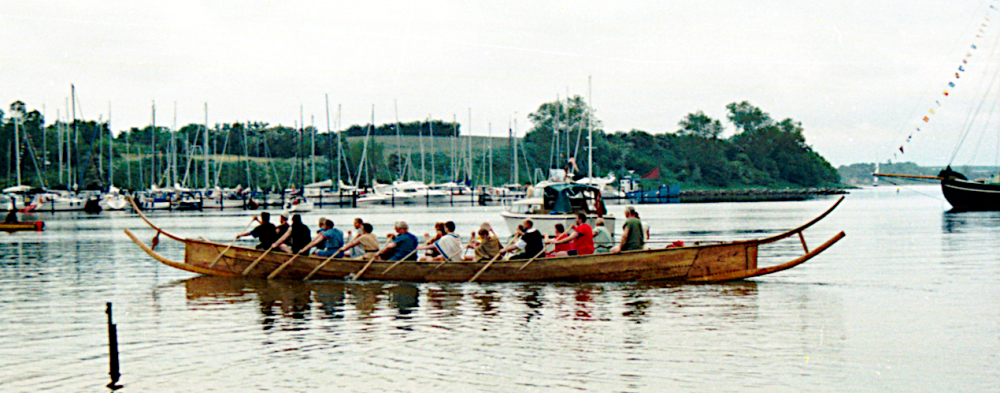
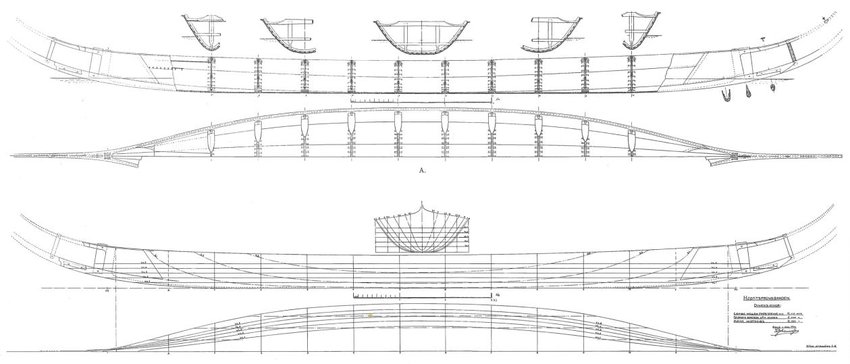
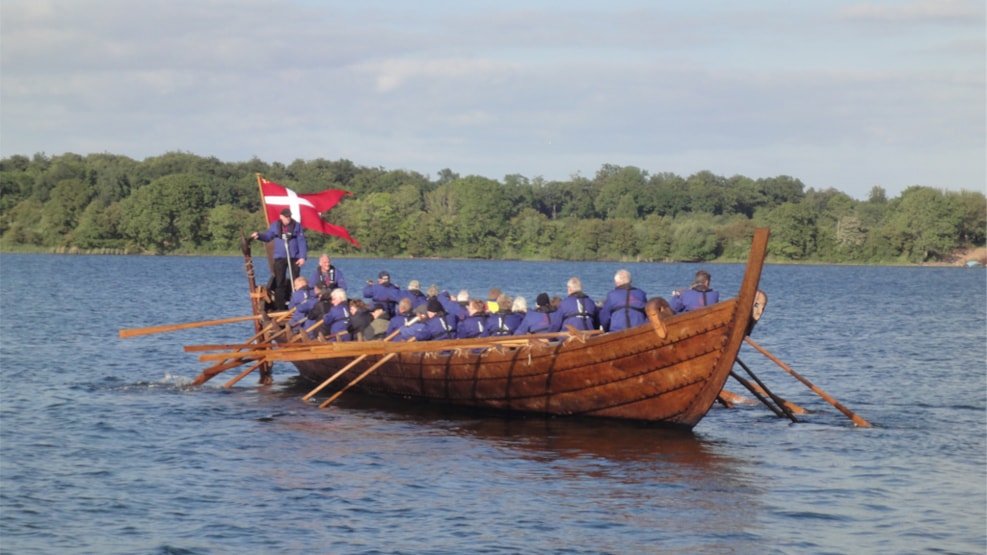
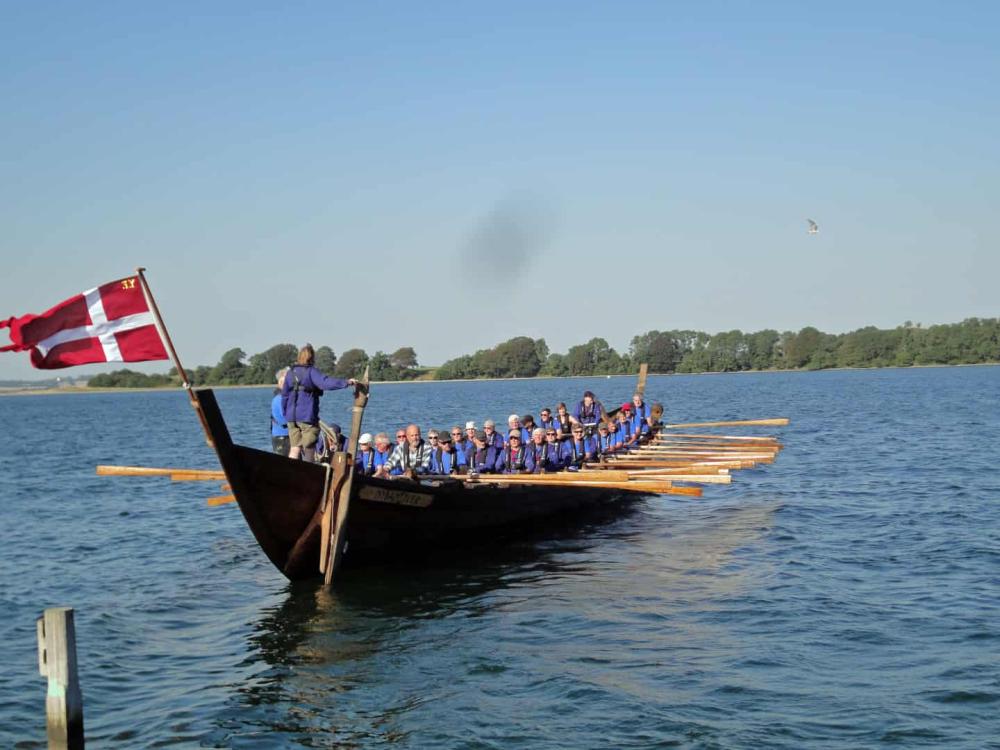
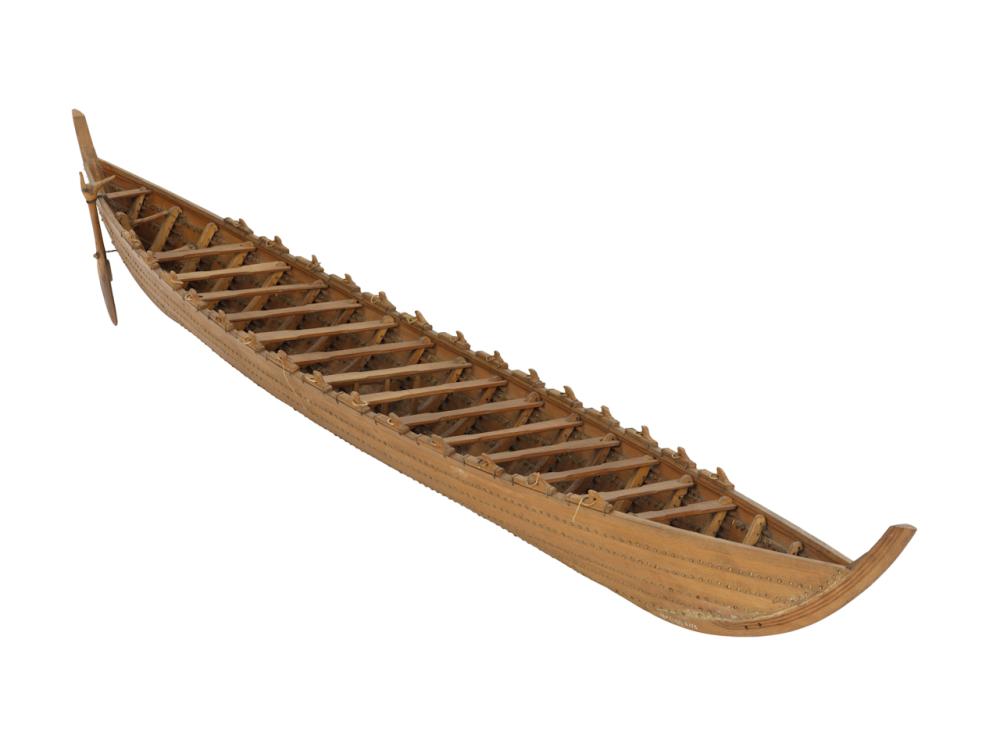
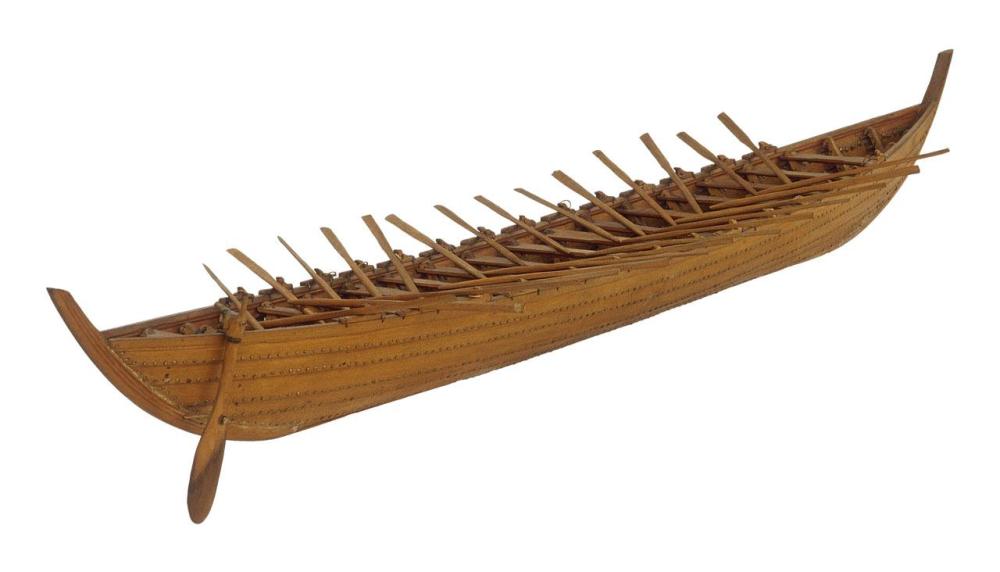
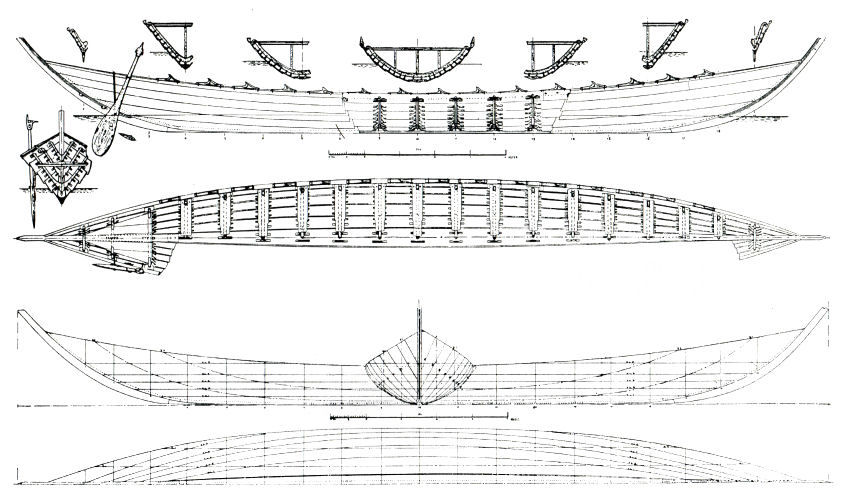
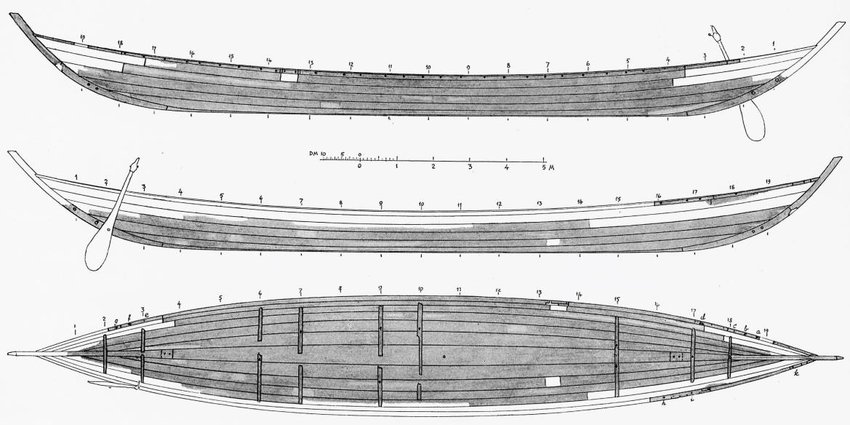
New Civ for Alpha 28+?
in General Discussion
Posted
This story is very dubious. The remains are not accessible to anyone, the guy kept everything and doesn't let anyone access it.